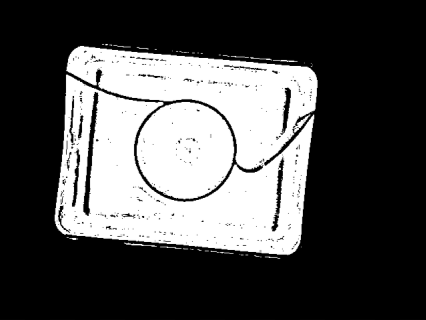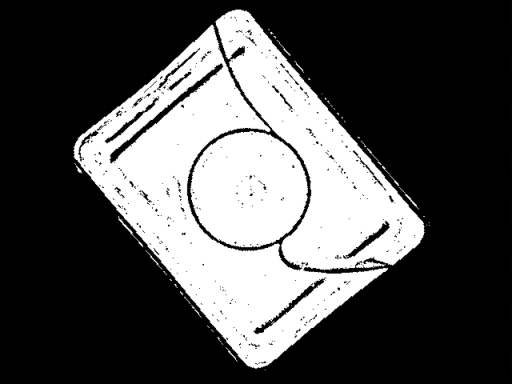You are here: Start » AVL.NET » AVL.AlignRegion(AvlNet.Region, AvlNet.CoordinateSystem2D, bool, int?, int?, AvlNet.Region)
AVL.AlignRegion(AvlNet.Region, AvlNet.CoordinateSystem2D, bool, int?, int?, AvlNet.Region)
Aligns a region to a coordinate system.
| Namespace: | AvlNet |
|---|---|
| Assembly: | AVL.NET.dll |
Syntax
public static void AlignRegion( AvlNet.Region inRegion, AvlNet.CoordinateSystem2D inAlignment, bool inInverse, int? inFrameWidth, int? inFrameHeight, out AvlNet.Region outRegion )
Parameters
- inRegion
- Type: AvlNet.Region
Input region - inAlignment
- Type: AvlNet.CoordinateSystem2D
Coordinate system to align to - inInverse
- Type: System.Boolean
Switches to the inverse transform - inFrameWidth
- Type: System.Nullable<System.Int32>
Output region's frame width, or null. - inFrameHeight
- Type: System.Nullable<System.Int32>
Output region's frame height, or null. - outRegion
- Type: AvlNet.Region
Output region
Description
AlignRegion applies inAlignment transform to an input region.
Examples
 |
 |
AlignRegion performed on the sample region, inAlignment.Origin = (280, -120), inAlignment.Angle = 45, inAlignment.Scale = 1.0 and inInverse = False. The inAlignment.Origin is drawn on the first image in blue.
Remarks
Region is a pixel-precise object, so geometrical transform may cause its deformation. Consider using a closed Path instead, which can be converted to a region in the last step.


